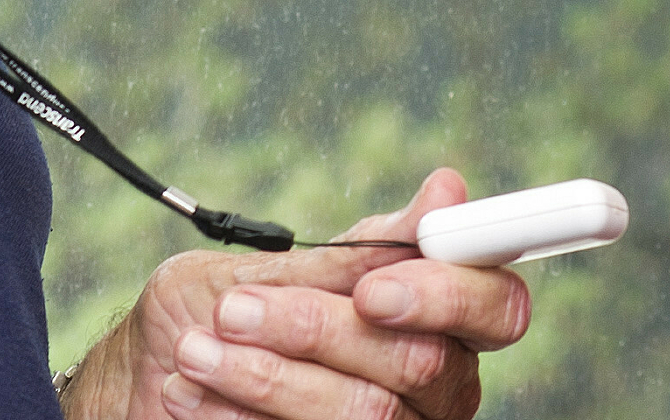Jump to
Many fall risk assessment tools are available for use in clinical settings. However, the predictive accuracy is limited because: a) the assessments are performed under optimal circumstances dissimilar to an older person’s daily environment, b) the methods are course and subjective and c) the assessments are undertaken infrequently and therefore cannot monitor any change in status within prospective follow-up periods. For example, gait is assessed through subjective observation of gross traits of gait (e.g. shuffling, step width) as the patient walks down a corridor. In contrast, low-cost wearable inertial sensors enable objective quantification of gait characteristics during clinical assessment and can now be used a means of performing fall risk assessments remotely and regularly. The objective of this study is to build on current work to refine wearable sensor assessments and adapt them so they can be undertaken remotely by older people in their own homes through unobtrusive daily monitoring. I have commenced acquiring large datasets of sensor data (accelerometer, gyroscope and altimeter recordings) from older people and groups with neurodegenerative disorders (Parkinson’s disease, dementia and multiple sclerosis), and this will allow for quantitative standardisation of gait parameters for each group. Importantly, I have assembled the largest wearable sensor data library of “freezes” in people with Parkinson’s disease from our recent Lancet Neurology RCT . This resource provides great scope for identifying pre-freeze gait characteristics which ultimately may be used to trigger cues for freeze prevention. This work has excellent prospects of producing new “gold standard” measures that can be used by therapists to (i) remotely monitor mobility and health, (ii) accurately document fall risk and (iii) measure the effectiveness of interventions in older people and those with balance disorders.


